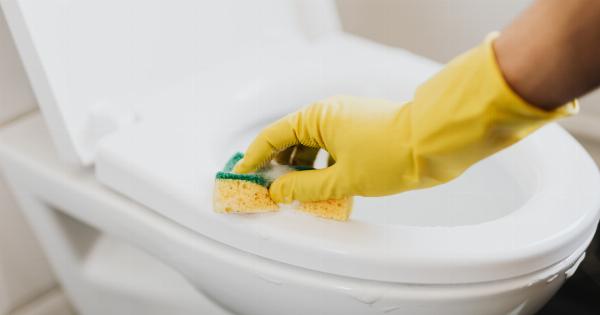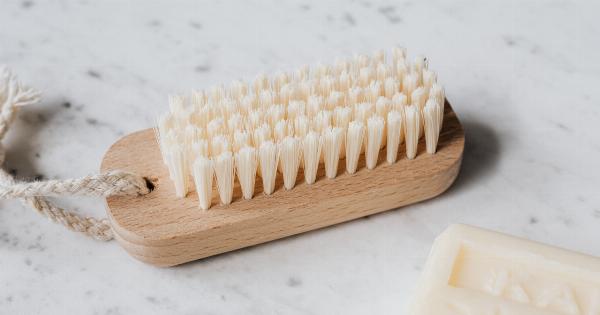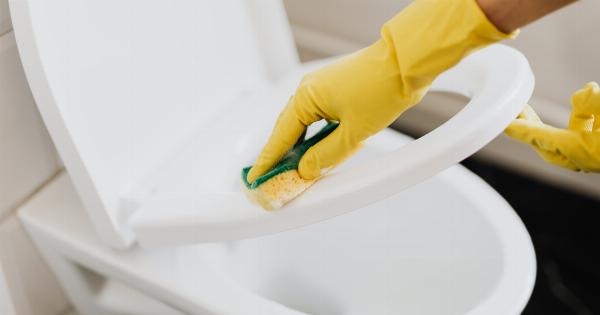When you think of the filthiest object in your home, what comes to mind? The toilet seat, kitchen sponge, or maybe the garbage can? These may seem like obvious choices, but according to recent studies, they’re not the most contaminated objects in our homes.
The Truth About Everyday Germs
Germs are everywhere, and while we can’t see them with the naked eye, they’re lurking in our homes, waiting to make us sick. But not all germs are bad, and some are actually essential to maintaining a healthy environment.
According to the Centers for Disease Control and Prevention (CDC), there are over 200 known viruses that can cause the common cold.
Rhinoviruses, in particular, are spread through direct contact with contaminated surfaces, such as doorknobs, light switches, and keyboards.
As for bacteria, we have billions of them in and on our bodies at all times. While some bacteria are harmful, others are beneficial and help us digest food or fight off infections.
The Filthiest Object in Your Home Revealed
Now, for the moment you’ve been waiting for – what is the filthiest object in your home?.
Drumroll, please….
Your Kitchen Sink
That’s right, your kitchen sink is home to more bacteria than your toilet seat or garbage can. In fact, studies have found that there can be up to 100,000 times more bacteria in the kitchen sink than on a bathroom toilet.
There are a few reasons why the kitchen sink is so contaminated. For starters, it’s a moist environment that provides the perfect breeding ground for bacteria.
Additionally, we use the sink to wash raw meats, vegetables, and other food items, which can leave behind traces of bacteria and other microorganisms.
But don’t panic just yet. While your kitchen sink may be a hotbed for germs, there are simple steps you can take to keep it clean and reduce the risk of contamination.
How to Keep Your Kitchen Sink Clean
1. Wash it regularly.
It’s important to clean your kitchen sink at least once a week with soap and hot water. If you use your sink to wash dishes or clean up after cooking, you may need to clean it more often.
2. Disinfect regularly.
In addition to regular cleaning, it’s a good idea to disinfect your sink with a solution of 1 tablespoon of bleach to 1 gallon of water. This will help kill any remaining bacteria and keep your sink sanitary.
3. Don’t leave dishes in the sink.
Dirty dishes can attract bugs and other pests, so it’s important to wash them as soon as possible and avoid leaving them in the sink for extended periods of time.
4. Use a separate sponge or cloth.
It’s best to use a separate sponge or cloth for washing dishes and cleaning your sink. This will help prevent cross-contamination and keep your sink bacteria-free.
Other Contaminated Objects in Your Home
While your kitchen sink may be the most contaminated object in your home, there are other everyday items that can harbor harmful bacteria and germs. Here are a few additional items to keep an eye on:.
1. Kitchen Sponge
Your kitchen sponge is another object that can be teeming with bacteria. In fact, studies have found that sponges can contain more bacteria than a toilet seat. To keep your sponge clean, disinfect it regularly and replace it every few weeks.
2. Cellphone
Our cellphones go everywhere with us, which means they’re exposed to a lot of germs. In fact, studies have found that cellphones can contain more bacteria than a public toilet seat.
To keep your phone clean, wipe it down regularly with a disinfectant spray or wipe.
3. Remote Control
We all love watching TV, but do you ever stop to think about how many germs are living on your remote control? In one study, researchers found that remote controls were 20 times dirtier than a toilet seat.
To keep your remote clean, wipe it down regularly with a disinfectant wipe.
4. Toothbrush Holder
While your toothbrush may not be as contaminated as you think, your toothbrush holder is another story. In one study, researchers found that toothbrush holders contained more bacteria than a toilet seat.
To keep your toothbrush holder clean, wash it regularly with soap and hot water.
Conclusion
Germs are a fact of life, and while we can’t eliminate them entirely, we can take steps to reduce our exposure.
By keeping the filthiest objects in our homes clean and sanitized, we can help prevent the spread of harmful bacteria and keep ourselves and our families healthy.




























